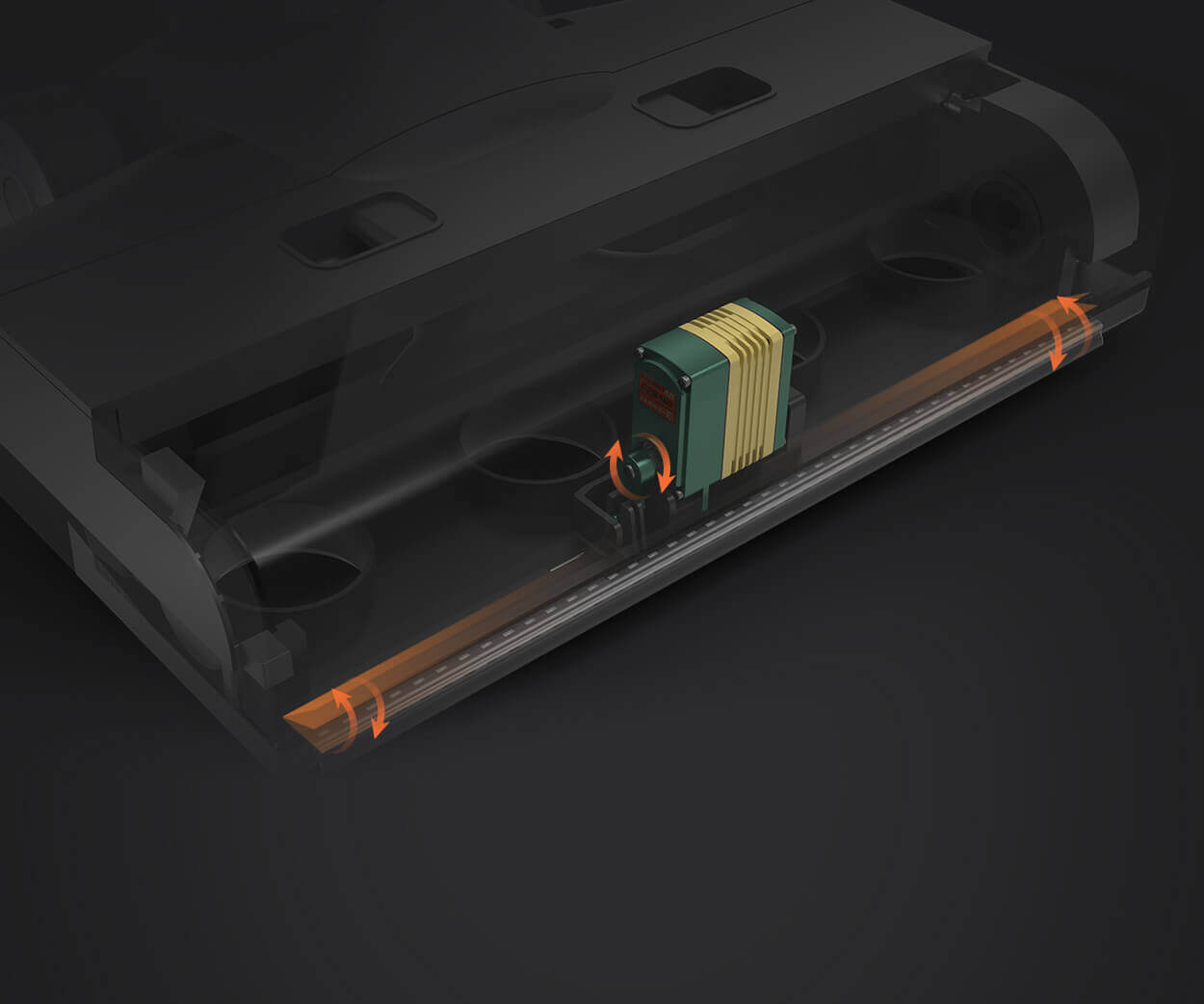Harnessing Power with Precision: The Ultimate Guide to Gear Reduction Motors with Shafts
In the world of modern engineering and automation, the drive systems powering machinery are often the unsung heroes behind efficiency and precision. Among these, the gear reduction motor with shaft stands out as a cornerstone component, seamlessly blending power, speed control, and durability. But what exactly makes these motors so indispensable, and how do they bring about revolutionary changes in various applications?

Understanding the Basics of Gear Reduction Motors
At its core, a gear reduction motor combines a standard electric motor—often a DC or AC motor—with a gear train that reduces the high rotational speed of the motor’s shaft into a lower, more manageable, and powerful output. These motors feature an output shaft that is attached to the gear train, which then delivers torque-rich motion to the driven machinery.
The key principle here is simple: motors typically operate at high RPMs but low torque. Conversely, many applications—like conveyor belts, robotic arms, and heavy-duty equipment—require high torque at lower speeds. The gear reduction motor acts as a bridge, transforming energy into an optimal form for specific tasks.
The Significance of the Shaft in Gear Reduction Motors
The shaft in these motors isn’t just a passing element; it’s a critical component that directly influences performance, reliability, and ease of integration. Attached to the gear train’s output, the shaft transmits the refined torque to the machine mechanism—be it a conveyor roller, robotic joint, or winch.
A well-designed shaft must endure substantial forces without twisting or breaking, maintain precise alignment, and facilitate smooth transmission. Its material, diameter, and manufacturing process all influence the motor's effectiveness. For example, hardened steel shafts can handle higher loads, while aluminum may be used where weight savings are prioritized.
Why Choose Gear Reduction Motors with Shafts?
The advantages are compelling:
Increased Torque Efficiency: Gear reduction amplifies motor torque, enabling the handling of heavier loads without needing larger motors. Precision Control: The gear ratios afford fine-tuning of speed and torque, which is critical for applications requiring exact movements. Energy Savings: By optimizing the load at lower speeds, these motors can reduce energy consumption. Space-Saving Design: Integrating a gear train with a compact shaft allows for streamlined machinery layouts. Durability & Longevity: High-quality gear trains and shafts minimize wear, leading to extended operational lifespans.
Applications Across Industries
From manufacturing lines to robotics, the versatility of gear reduction motors with shafts is remarkable:
Industrial Automation: Precise control of conveyor belts, mixers, and robotic arms. Robotics: Arm joints and actuation systems benefit from controlled torque and speed. Automotive & Aerospace: Heavy-duty drives and control systems. Electronics & Medical Devices: Small-scale, precise movements for sensitive instrumentation. Agricultural Machinery: Heavy loads and tough environments demand robust power transmission solutions.
Components and Construction
Typically, these motors include:
Motor Unit: An electric motor providing the initial rotational energy. Gear Reducer: Usually a series of gears—planetary, helical, or worm gears—reducing RPM and increasing torque. Shaft: The output element that delivers power to external components. Housing & Bearings: To protect internal components and ensure smooth operation.
Most gear reduction motors are customizable, with options for gear ratios, motor types, and shaft dimensions based on specific application requirements.
Selecting the Right Gear Reduction Motor with Shaft
Choosing the optimal gear reduction motor involves considering:
Torque needs: Determine the load torque requirements of your application. Speed requirements: Identify the desired output RPM. Environmental conditions: Consider temperature, dust, moisture, and vibrations. Size constraints: Make sure the motor and shaft fit within your machine layout. Efficiency and durability: Prioritize high-quality gear materials and precision manufacturing.
In the upcoming part, we'll delve deeper into the different types of gear reduction mechanisms, materials used in shafts, maintenance tips, and innovative trends shaping the future of these essential devices.
Kpower has delivered professional drive system solutions to over 500 enterprise clients globally with products covering various fields such as Smart Home Systems, Automatic Electronics, Robotics, Precision Agriculture, Drones, and Industrial Automation.




































